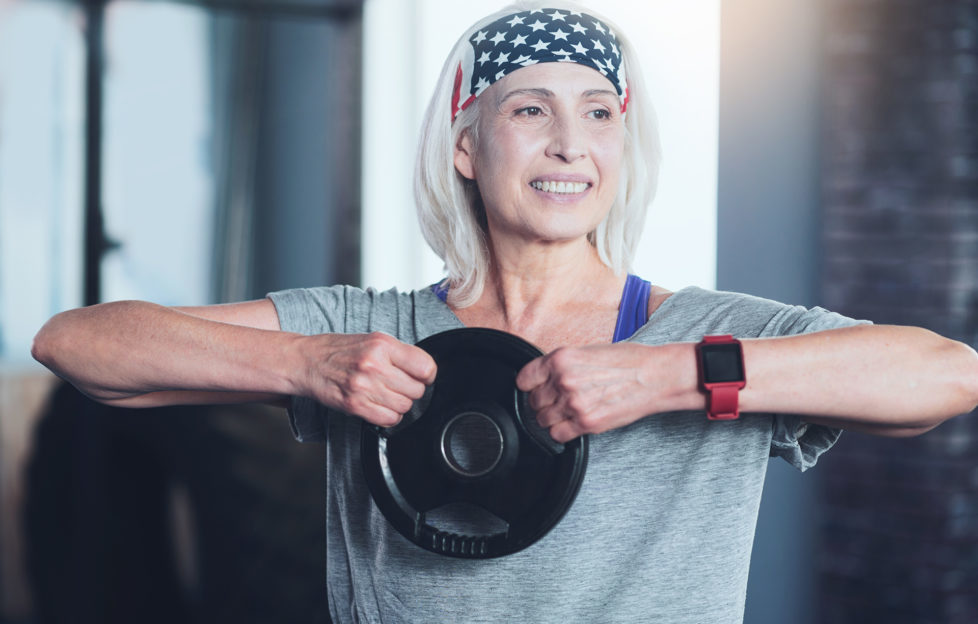Take Care Of Your Back – It’s Yours For Life!

By Michael Fatica, Lead Consultant at The Mayfair Clinic
Our backs are subjected to enormous stresses and strains throughout our lives, so it’s little wonder that eventually many people feel the repercussions of this, often from their 50s and beyond. Simple daily habits that we have picked up over the years – from spending too much time hunched over electronic devices, to taking part in high-impact exercise, or even too much time sat at a desk – can all take its toll and lead to back pain becoming an unwelcome addition to daily life.
The good news is that it’s never too late to adopt good habits which can reduce the chances of becoming a sufferer in the future, or minimise the symptoms or episodes of those who have already succumbed.
Generally speaking, people in their 50s and beyond suffer from a combination of bone and muscle weakening and degeneration. Periods of relative inactivity can lead to a fast reduction in muscle strength, which results in the posture deteriorating quite rapidly. As a result, common issues include:
Frequent back and neck pain:
While the pain will not be as severe as that experienced in the thirties/forties, it will be far more consistent and regular. It will also spread to the gluteals (buttocks) in the case of the back, or the shoulders in the case of the neck.
Top tip: Concentrate on muscle strengthening and simulating your back muscles.
Try rolling up a bath towel and placing it underneath your lower back to encourage the natural backward arch. This takes the pressure off the spine discs and helps alleviate the build-up of pressure. Also, take up swimming – which not only relieves pressure on the joints and spine, it also gives your back muscles a full work-out.
Hyper-Kyphosis or ‘hunchback’
Years of bad posture can result in hyper-kyphosis (an exaggerated forward curvature of the spine), which can lead to a ‘hunchback‘ posture in worse case scenarios and increases the pressure on your lower spine.
Top tip: ‘Core vacuume’ exercises involve using your deep core muscles to flatten your belly button to your spine and are great for helping to provide the lower back with more support. Do this lying down to begin with on your back, until you’ve mastered the technique and can do it ‘at will’ whilst standing with good posture.
Sciatica
Often causes a burning or tingling sensation down the leg, in addition to severe on-off pain.
Top tip: Try to avoid bending forwards for the first 15 minutes every morning, including washing your face/shaving. Instead remain upright, have breakfast and complete other morning tasks during this critical time.
It’s key for people over the age of 50 to keep moving and to stay active. Our bodies are designed to move, so the phrase ‘use it or lose it’ definitely comes to mind here!
It’s important to be careful as your body isn’t what it was 20 years ago and won’t respond as quickly, but a simple, progressive programme of strengthening exercises over time will produce highly beneficial results. So, whether you pay a visit to your local swimming pool, incorporate some basic core exercises into your daily routine, or simply stand whenever possible, small changes to your daily routine will help to stimulate and prevent the back muscles from becoming weak and more prone to stress.







